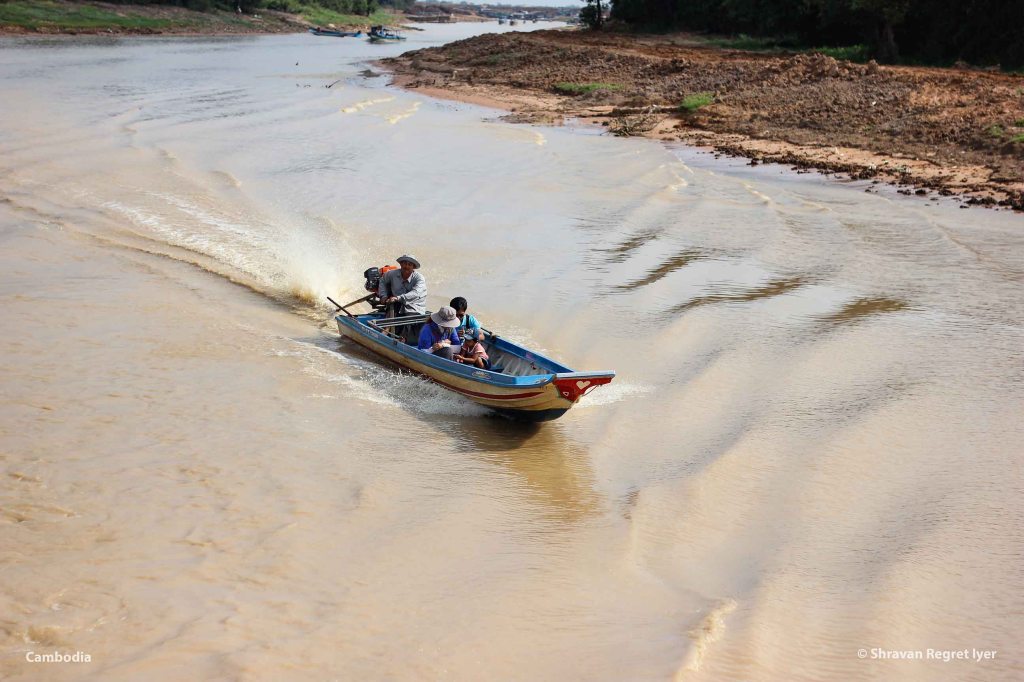
Join me in this virtual journey “This is Cambodia – All New Visual Series 2021-2022”
Follow: Shravan Regret Iyer’s Project 3 Lenses on Facebook
@shravanregretiyer3lenses@regretiyerproductions
Visit: https://shravanregretiyer.com for more stories from the natural world.








